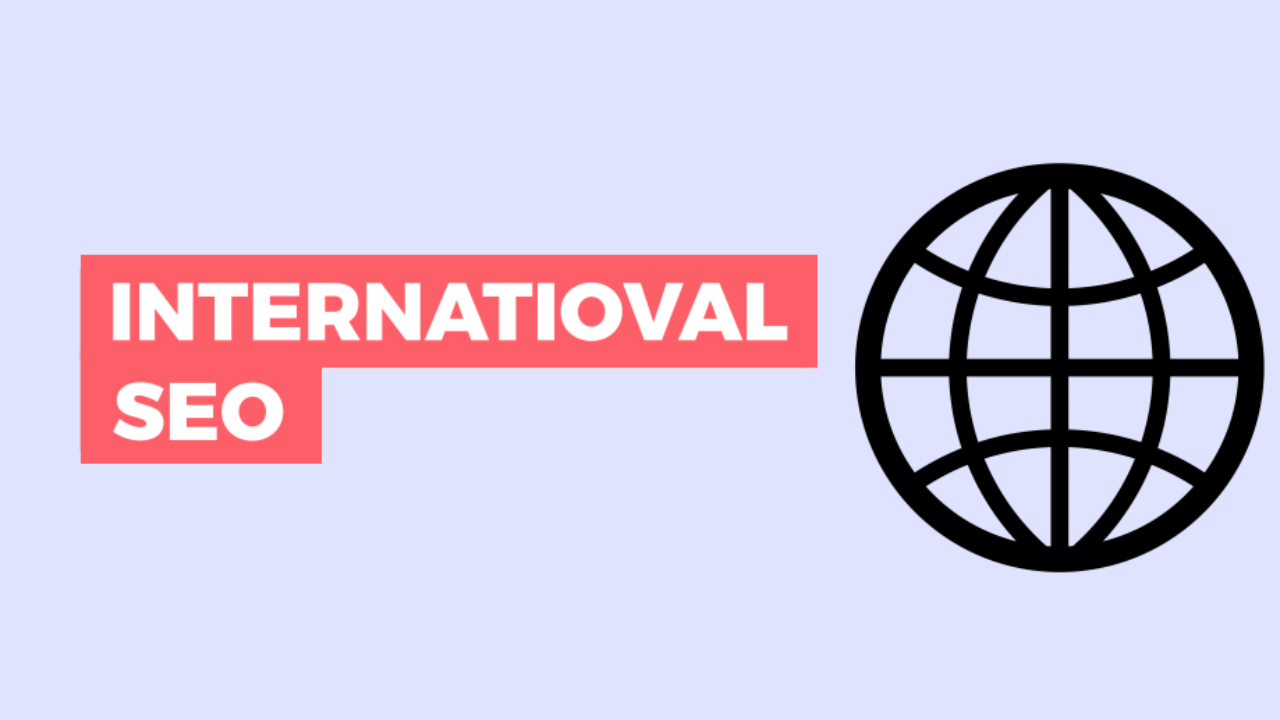Browsing the Digital Landscape: Leveraging International SEO for Cross-Border Success
In today's interconnected digital world, organizations are significantly looking past boundaries to tap into global markets. Leveraging seo (SEARCH ENGINE OPTIMIZATION) approaches tailored for global audiences is critical for achieving cross-border success. The intricacy of navigating the electronic landscape on a global scale demands a nuanced approach, from recognizing the fundamentals of International search engine optimization to carrying out geotargeting and multilingual keyword approaches. As firms aim to expand their reach and visibility throughout various regions, enhancing website frameworks and keeping track of cross-border performance come to be essential components of a successful worldwide search engine optimization method.
Understanding International Search Engine Optimization Basics
Browsing the ins and outs of global SEO calls for a solid understanding of essential concepts to successfully broaden online presence across borders. One crucial element of worldwide search engine optimization is understanding the value of localization. This entails customizing website content to suit the linguistic, cultural, and business distinctions of target markets. Key words need to be not only converted yet additionally adapted to show exactly how customers in different areas look for information.
Furthermore, having a clear understanding of geo-targeting is crucial. This entails showing to browse engines the particular nations or regions a web site is targeting. Implementing hreflang tags is one method to communicate this details, guaranteeing that the appropriate variation of a page appears in the search results page for a user in a particular place.
Additionally, comprehending the influence of neighborhood internet search engine and social media sites platforms is essential for international SEO success. For circumstances, while Google is dominant in numerous areas, nations like China have their own internet search engine like Baidu, needing customized techniques for every platform to maximize on the internet exposure.

Targeting Multilingual Key Words Strategies
Creating multilingual search phrase techniques is vital for effectively reaching diverse global target markets and optimizing online exposure throughout different linguistic regions. When targeting multilingual keyword techniques, it is vital to carry out thorough research study to comprehend the details search terms and phrases utilized by the target market in each linguistic region. This includes not just equating key words however also considering social subtleties, regional dialects, and search patterns one-of-a-kind to each target market.
To create a successful multilingual key phrase strategy, it is important to prioritize importance and search intent. Search phrases should straighten with the content on the web site and reverberate with the cultural context of the target market. Using tools such as Google Keyword Phrase Coordinator, SEMrush, or Ahrefs can aid identify high-performing key words in various Our site languages and examine their search quantity and competition degree.
In addition, tracking and analyzing the performance of multilingual search phrases regularly is essential for maximizing and refining the approach with time. By continually adapting to changes in search behavior and fads, organizations can enhance their on the internet exposure and draw in even more international traffic to their web sites.
Executing Geotargeting and Hreflang Tags
When aiming to boost worldwide search engine optimization methods, integrating geotargeting and hreflang tags is critical for maximizing internet site visibility across different regions. Geotargeting involves customizing material to certain places, ensuring that customers in different areas obtain appropriate info. By executing geotargeting, companies can improve their neighborhood search positions and draw in region-specific web traffic.

Optimizing Website Framework for Global Visibility
To further enhance global SEO strategies past geotargeting and hreflang tags, maximizing the internet site structure is imperative for attaining international presence and optimizing reach throughout different areas. A well-structured web site not just enhances individual experience yet additionally assists in search engine spiders in recognizing the find more web content and context of the website.
Furthermore, developing language-specific subdirectories or subdomains can assist look engines provide the right version of the web site to customers based on their language preferences, additionally enhancing the general customer experience. In addition, optimizing link structures to include pertinent keyword phrases and geotargeted terms can improve the website's exposure in various areas. By structuring the internet site properly for worldwide audiences, businesses can increase their opportunities of attracting international web traffic and broadening their reach throughout boundaries.

Surveillance and Analyzing Cross-Border Performance
Efficient surveillance and studying of cross-border performance is important for examining the success of worldwide SEO approaches and determining chances for enhancement in international reach and presence. By carefully tracking vital performance indicators (KPIs) across various markets, companies can get important understandings right into the performance of their cross-border search engine optimization initiatives. Keeping an eye on metrics such as natural website traffic, keyword rankings, conversion rates, and bounce rates can offer a detailed view of exactly how well a website is executing in various areas.
Assessing cross-border efficiency information allows services to recognize trends, patterns, and locations for optimization. By contrasting performance across various countries, areas, or languages, firms can pinpoint successful approaches and localize material to much better satisfy specific target audiences. Additionally, keeping track of cross-border efficiency enables organizations to stay active and receptive in the ever-evolving electronic landscape. Routine visit the site analysis of search engine optimization efficiency on a worldwide scale guarantees that companies can adjust their methods quickly to exploit on arising chances and keep a competitive edge in global markets.
Final Thought
In verdict, international search engine optimization plays a crucial function in achieving cross-border success by enhancing sites for international visibility, targeting multilingual search phrase techniques, implementing geotargeting and hreflang tags, and keeping track of cross-border performance. By recognizing the fundamentals of global SEO and maximizing website frameworks appropriately, businesses can successfully get to and involve with their target market across different regions and languages. This critical technique is vital for expanding market reach and driving online growth in today's electronic landscape.